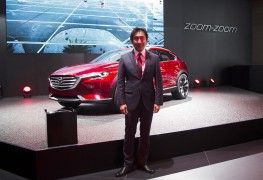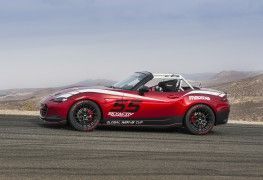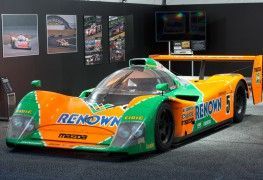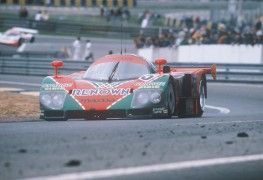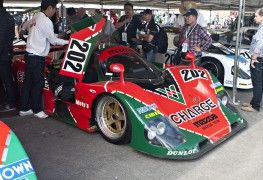And that brings us today to talk about MazdaSpeed, the racing and sports variant division of the house of Hiroshima.
To trace its history we have to go back in time to the mid-sixties, and it puts us on the trail of Yojiro Terada. Terada, born in Kobe in 1947, had always been passionate about car racing, but he came from a poor family and lost his father at the age of 16. Although his mother, who worked in a shoe company, wanted to make him a successful businessman in the same industry, Terada was obsessed with cars, so after completing his basic education, at the age of 18 he got his driving license and headed for the Koga Racing Team, a racing team run by Nobou Koga, who was also the chief steward of the Kobe automobile federation.
Nobuo Koga with a Honda S600 in the Lijea - Sofia - Liège
Koga took a chance on the young Terada and in 1965 employed him in his racing team. Nobou's career had taken him to race Honda cars in Europe as early as 1963, competing with an S600 in races such as the Liège-Sofia-Liège and the Nürburgring. Koga travelled to Europe until 1965 with Honda cars, which supported new talent, but for 1967 he swapped his European racing tool for a Mazda 1000 Familia Coupe. Koga's relationship with Mazda came through the Hiroshima firm's largest dealership in Japan, located in Tokyo, under the name Mazda Auto Tokyo.
It was there that Koga introduced Terada. Mazda Auto Tokyo had been given the complicated task of launching the company's domestic racing activities in 1968, and they needed someone with some racing experience. Terada, who despite being only 21 years old, already had some background and experience from Koga, was chosen. That same year, the aforementioned Nobou Koda became a driver for the Mazda Cosmo Sport 110S that would take part in the 84 Hours of Nürburgring.
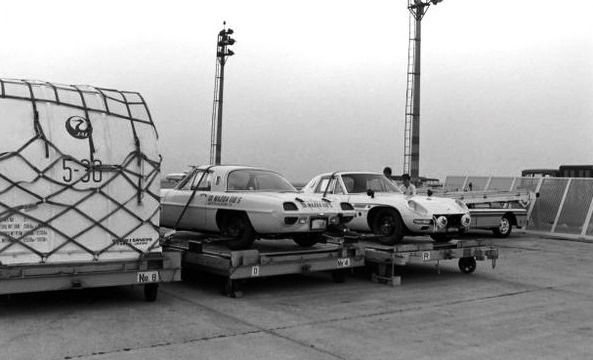
Koga and his team in charge of the sporting operation of the Cosmo Sport at the 84 Hours of the Nürburgring
Terada, who had participated in some races with the Koga Racing Team's S600, would that year take control of what was then called the "Mazda Sports Corner" at the Tokyo dealership.
From that moment on, this division would be in charge of the company's domestic sporting activities, with the RX-2 and RX-3 campaigns in the JTCC (the Japanese Touring Car Championship) as the first development, where, as we told you yesterday, the RX-3 would end up being the absolute dominator.
Mazda Sports Corner offered a complete catalog of parts and complete race cars for racing customers.
The growth of Mazda Sports Corner allowed Terada to make a name for himself, and in Hiroshima they decided to invest more and more in this division, acquiring 80% of it in the first instance, keeping Terada as coordinator and driver, and Takayoshi Ohashi, owner of the dealership, as manager.
By 1983, the sporting activities had become so important that Mazda decided that they had to make everything even more official. Mazda acquired Mazda Sports Corner, and moved it and its team to offices in Hiroshima, where it had also decided to develop its own racing cars, starting with the 717C, after breaking away from TWR.
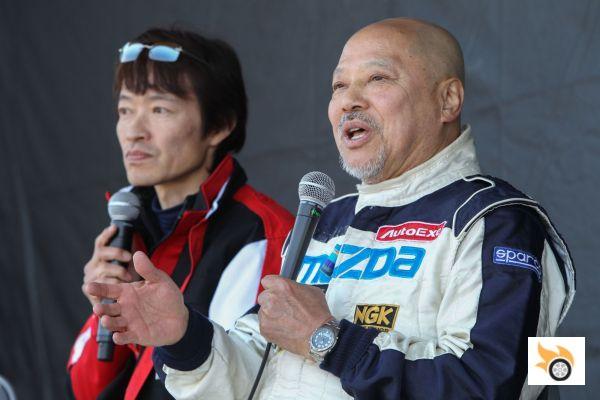
Yojiro Terada in a recent photo
With more budget within reach, MazdaSpeed's development was unstoppable until the 1991 Le Mans victory. But the FIA's announcement later that year to ban Wankel rotary engines for 1992 had a serious impact on Mazda. The company decided to suspend large-scale sporting activities, shifting efforts to local distributors, such as the one in the United States, and concentrating MazdaSpeed on developing parts and components for both racing and sporting variants of road cars.
Years later, in the midst of a burgeoning "BMW M-like" sports division, Mazda began using the MazdaSpeed name on performance variants of the Mazda6 and Mazda3, as well as on certain body kits such as those for the RX-8, although in Europe, instead of these variants being known as "MazdaSpeed", they would be known as MPS.
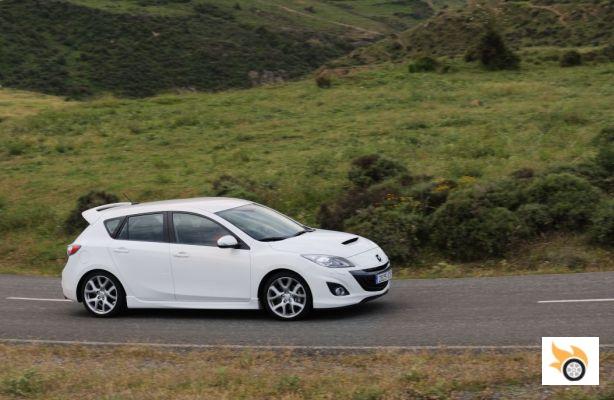
Products like the Mazda3 MPS were developed with help from MazdaSpeed
A tribute to Mazda and its sporty and technological history.